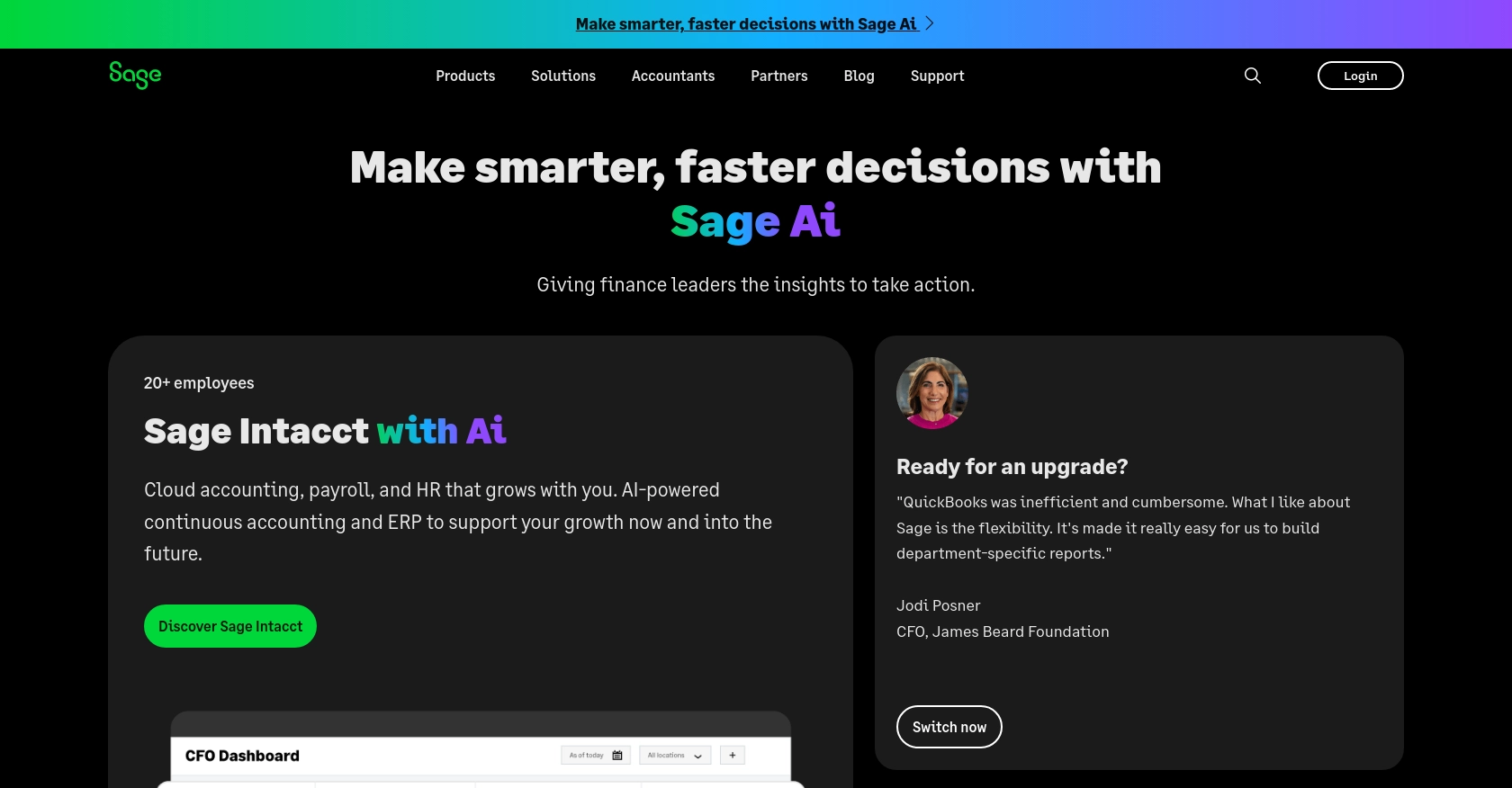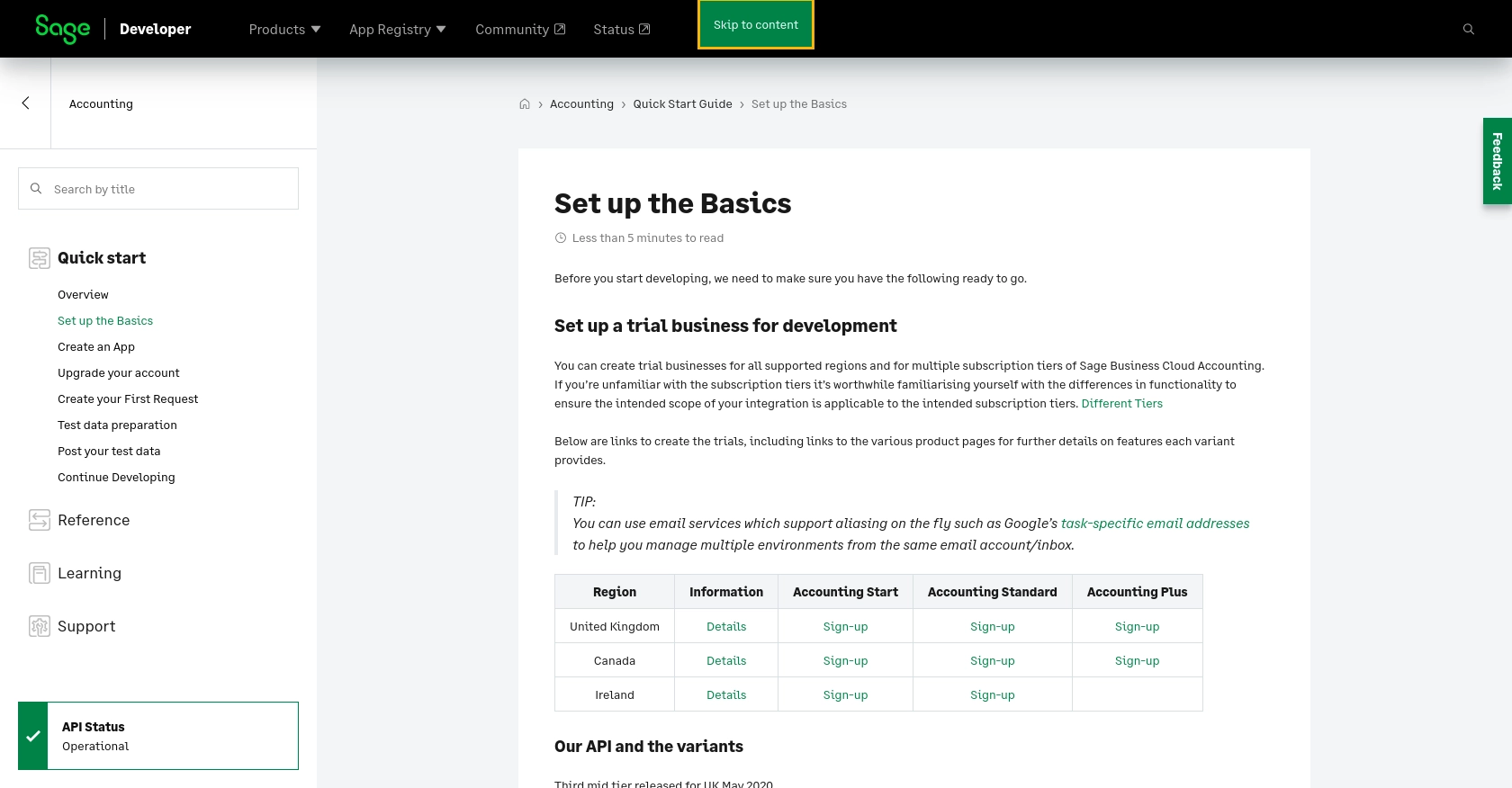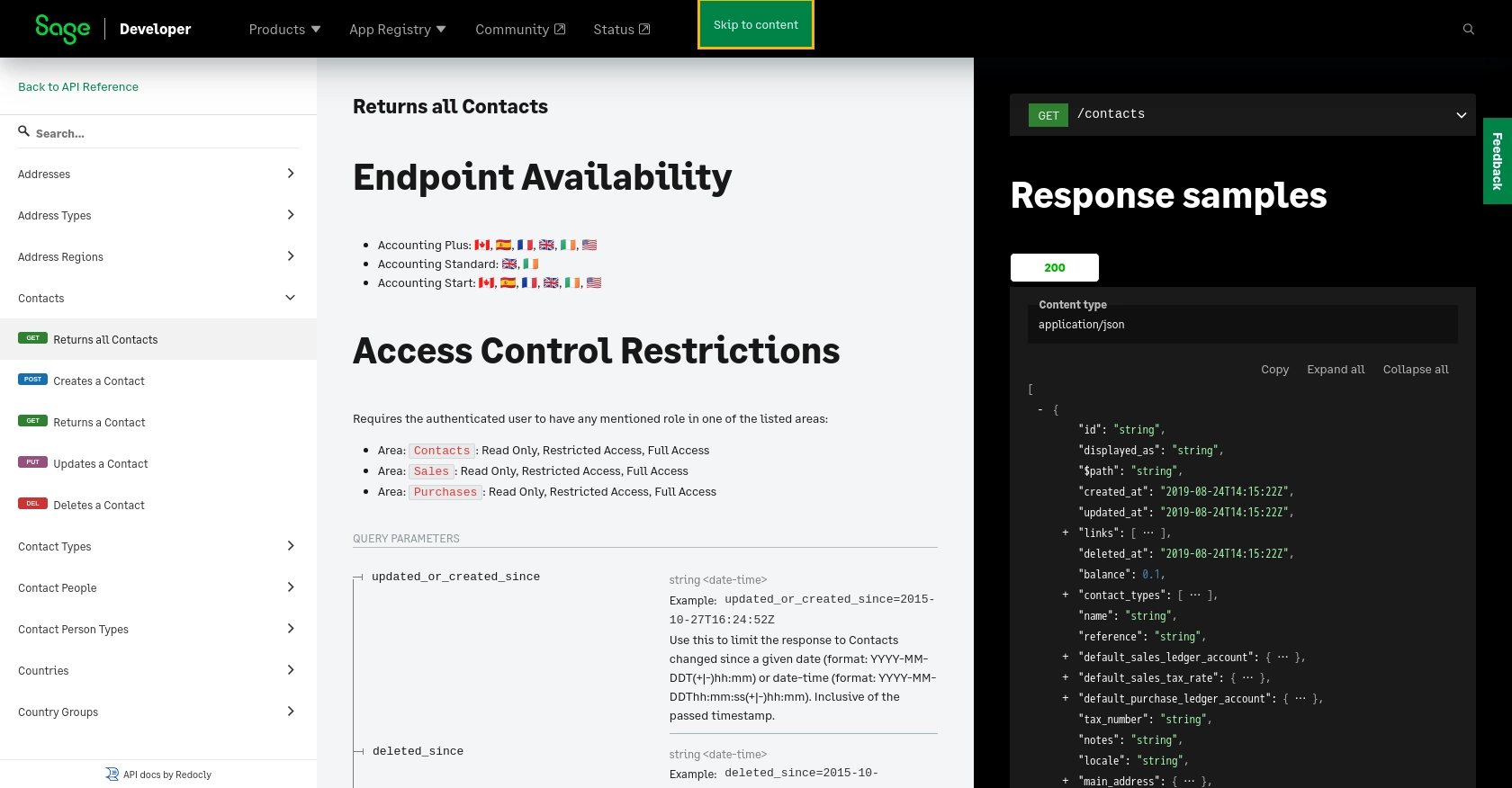Using the Sage Accounting API to Get Vendors (with Python examples)

Introduction to Sage Accounting API
Sage Accounting is a robust cloud-based accounting solution tailored for small to medium-sized businesses. It offers a comprehensive suite of tools to manage finances, streamline operations, and ensure compliance. With features like invoicing, expense tracking, and financial reporting, Sage Accounting is a preferred choice for businesses aiming to enhance their financial management processes.
Integrating with the Sage Accounting API allows developers to automate and optimize various accounting tasks. For example, accessing vendor information through the API can facilitate better supplier management and streamline purchase processes. By using the Sage Accounting API, developers can retrieve vendor data, enabling seamless integration with other business systems and enhancing operational efficiency.
Setting Up Your Sage Accounting Test/Sandbox Account
Before you begin integrating with the Sage Accounting API, it's essential to set up a test or sandbox account. This environment allows you to safely experiment with API calls without affecting live data. Follow these steps to create your sandbox account and prepare for development.
Step 1: Sign Up for a Sage Developer Account
To access the Sage Accounting API, you first need a Sage Developer account. This account will enable you to register and manage your applications, obtain client credentials, and specify key details such as callback URLs.
- Visit the Sage Developer Portal.
- Sign up using your GitHub account or an email address.
- Follow the guide on creating an app to complete your registration.
Step 2: Create a Trial Business Account
Next, set up a trial business account for development. Sage allows you to create trial businesses for all supported regions and subscription tiers of Sage Business Cloud Accounting.
- Choose the appropriate subscription tier based on your integration needs.
- Sign up for a trial account in your desired region (e.g., UK, Canada, Ireland).
- Use email services that support aliasing to manage multiple environments from the same inbox.
Step 3: Register Your Application
Once your developer account is ready, you need to register your application to obtain the necessary credentials for OAuth authentication.
- Log in to your Sage Developer account.
- Click on "Create App" and fill in the required details, including the app name and callback URL.
- Save your application to receive your Client ID and Client Secret.
Step 4: Upgrade to a Developer Account
To fully utilize the Sage Accounting API, upgrade your trial account to a developer account. This upgrade provides 12 months of free access for testing your integration.
- Submit the upgrade request form with your trial account details, including your name, email, app name, and Client ID.
- Wait for confirmation from Sage, which typically takes 3-5 working days.
With your Sage Accounting sandbox account set up, you're now ready to start integrating and testing API calls. This environment ensures that you can develop and refine your integration without impacting real business data.

sbb-itb-96038d7
Making API Calls to Retrieve Vendor Information from Sage Accounting Using Python
In this section, we will guide you through the process of making API calls to the Sage Accounting API to retrieve vendor information using Python. This will involve setting up your Python environment, writing the necessary code, and handling potential errors.
Setting Up Your Python Environment for Sage Accounting API Integration
Before making API calls, ensure that your Python environment is correctly set up. You will need Python 3.11.1 and the requests library to make HTTP requests.
- Ensure Python 3.11.1 is installed on your machine.
- Install the
requestslibrary by running the following command in your terminal:
pip install requestsWriting Python Code to Retrieve Vendors from Sage Accounting API
Now that your environment is ready, you can write the Python code to interact with the Sage Accounting API and retrieve vendor information.
import requests
# Define the API endpoint and headers
endpoint = "https://api.accounting.sage.com/v3.1/contacts"
headers = {
"Authorization": "Bearer Your_Token",
"Content-Type": "application/json"
}
# Make a GET request to the API
response = requests.get(endpoint, headers=headers)
# Check if the request was successful
if response.status_code == 200:
vendors = response.json()
for vendor in vendors:
print(vendor)
else:
print(f"Failed to retrieve vendors: {response.status_code} - {response.text}")
Replace Your_Token with the OAuth token obtained during the setup process. This code snippet makes a GET request to the Sage Accounting API to fetch all contacts, which includes vendors. It then prints the vendor information if the request is successful.
Verifying Successful API Requests in Sage Accounting Sandbox
After running the code, verify the successful retrieval of vendor data by checking the output in your terminal. The returned data should match the vendor information in your Sage Accounting sandbox account.
Handling Errors and Understanding Sage Accounting API Error Codes
It's crucial to handle potential errors when making API calls. The Sage Accounting API may return various error codes, such as:
- 400 Bad Request: The request was invalid or cannot be served.
- 401 Unauthorized: Authentication failed or user does not have permissions.
- 404 Not Found: The requested resource could not be found.
- 500 Internal Server Error: An error occurred on the server.
Ensure your code checks for these errors and handles them appropriately, such as by logging the error details or retrying the request.
For more detailed information on error codes, refer to the Sage Accounting API documentation.

Conclusion and Best Practices for Using Sage Accounting API
Integrating with the Sage Accounting API to retrieve vendor information can significantly enhance your business's operational efficiency. By automating the process of accessing vendor data, you can streamline supplier management and improve your financial workflows.
Best Practices for Secure and Efficient API Integration
- Securely Store Credentials: Always store your OAuth tokens and client credentials securely. Use environment variables or secure vaults to prevent unauthorized access.
- Handle Rate Limiting: Be mindful of API rate limits to avoid service disruptions. Implement exponential backoff strategies to handle rate limit errors gracefully.
- Data Standardization: Ensure that the data retrieved from the API is standardized and transformed to fit your business's data models. This will facilitate seamless integration with other systems.
- Error Handling: Implement robust error handling to manage API errors effectively. Log errors for troubleshooting and consider retry mechanisms for transient issues.
Enhance Your Integration Experience with Endgrate
If you're looking to simplify your integration process, consider using Endgrate. With Endgrate, you can save time and resources by outsourcing integrations, allowing you to focus on your core product. Build once for each use case and leverage a unified API endpoint to connect with multiple platforms, including Sage Accounting.
Endgrate offers an intuitive integration experience, enabling you to provide seamless connectivity for your customers. Explore how Endgrate can transform your integration strategy by visiting Endgrate.
Read More
- https://endgrate.com/provider/sage
- https://developer.sage.com/accounting/quick-start/set-up-the-basics/
- https://developer.sage.com/accounting/quick-start/create-an-app/
- https://developer.sage.com/accounting/quick-start/upgrade-your-account/
- https://developer.sage.com/accounting/reference/contacts/#tag/Contacts/operation/getContacts
Ready to get started?
